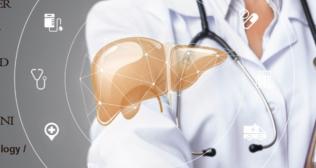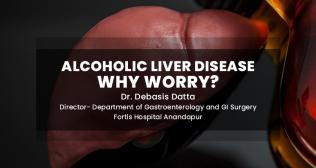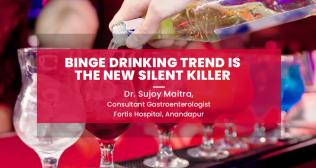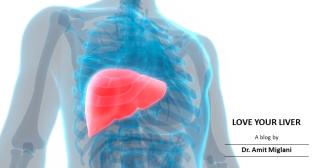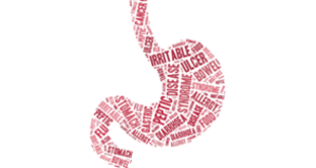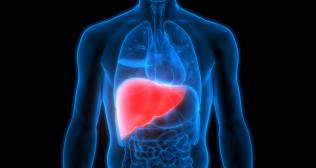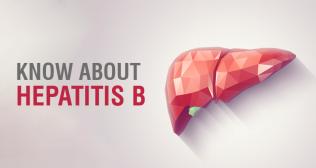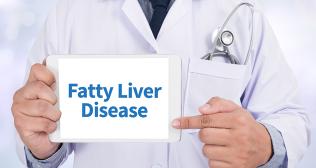
Achalasia cardia: Insights into symptoms, causes, diagnosis, and treatment
Difficulty in swallowing food and fluid could point to achalasia cardia. In people with this disorder, the oesophageal muscles do not contract properly. This rare oesophageal motility disorder can lead to challenges in everyday life. To manage this condition, it is crucial to understand its symptoms, causes, methods of diagnosis and treatments.
What are the symptoms of achalasia?
Of the people living with achalasia, not everyone displays symptoms. For some, symptoms may develop gradually over months or years. The prominent ones include:
- Dysphagia (difficulty swallowing)
- Bringing back up undigested food
- Chest pain
- Shedding pounds
- Heartburn
What are the causes of achalasia cardia?
The exact cause of achalasia is unknown or not properly understood. In some individuals, it may be linked to a viral infection. It may also be associated with an autoimmune condition, where the body’s defence system attacks healthy cells, tissues, and organs. Some people may even be genetically predisposed to this condition.
What is the difference between acid reflux and achalasia?
Both acid reflux (commonly known as acidity) and achalasia occur when the oesophageal valve leading to the stomach is damaged. When one has acid reflux, the valve does not close at the appropriate time. However, in the case of achalasia, the valve does not open when needed.
Is there any overlap between GERD and achalasia?
Gastroesophageal reflux disease (GERD) is a condition where the acidic contents of the stomach often get flushed into the oesophagus. Its major symptoms include heartburn and regurgitation. These symptoms are also seen in those with achalasia. However, these conditions are usually thought to be on the opposite ends of the spectrum of lower oesophageal sphincter (LES) dysfunction.
Diagnosing achalasia
Further diagnostic investigations should be recommended during a physical examination if the healthcare provider suspects achalasia. This includes:
Chest X-ray: It may reveal an increase in the diameter of the oesophagus and a dearth of air in the stomach. However, by itself, it is insufficient for a diagnosis of achalasia — further testing is needed.
Barium swallow test: Here, the patient is required to swallow a thick, chalky mixture of barium before taking the X-rays. The barium is visible clearly on X-ray, so the healthcare provider can observe how long it takes to move into the stomach.
Manometry: This test is often used to confirm an achalasia diagnosis. A small plastic tube is inserted through one’s mouth or nose into their food pipe to measure the muscle pressure along it at different points. The test typically reveals three abnormalities in individuals suffering from achalasia: high pressure in the LES at rest, failure of the LES to relax after swallowing and lack of useful (peristaltic) contractions in the lower oesophagus.
In individuals with achalasia, endoscopy often reveals a dilated oesophagus containing retained food. It may also reveal inflammation, small ulcers caused by leftover food or pills and fungal infection.
How to treat achalasia?
While there are no treatments to resolve this condition completely, several approaches can be used to relieve symptoms. The remedies work towards normalizing oesophageal contractions, relaxing the sphincter, and permitting food to pass into the stomach.
Dilation of the oesophageal sphincter
During a dilation procedure, the patient is anaesthetized while an endoscope is inserted through the mouth into the oesophagus. It slowly inflates a balloon in proximity to the lower oesophageal sphincter. This can reduce the pressure in the oesophagus and stretch the sphincter muscles until they relax sufficiently to permit food and liquid to pass through easily.
Botulinum toxin injections
Injecting botulinum toxin into the lower oesophageal sphincter has been found to aid some achalasia patients. This is particularly significant for older people and those who cannot undergo dilation or myotomy.
Botulinum toxin injections work by numbing the sphincter and surrounding nerves, permitting it to relax. The injections use a special needle passed through an endoscope.
Medication
Medicines are usually ineffective in treating achalasia. However, some drugs consisting of nitrates or calcium channel blockers can aid in temporarily relaxing the lower oesophageal sphincter.
Surgery: Oesophageal myotomy
Here, a gastroenterologist cuts the muscles in the oesophagus, oesophageal sphincter, and lower stomach to prevent stiffening.
Early diagnosis and effective treatment can help improve the condition. So, don’t delay seeking medical help if you experience symptoms — seek medical advice right away.







